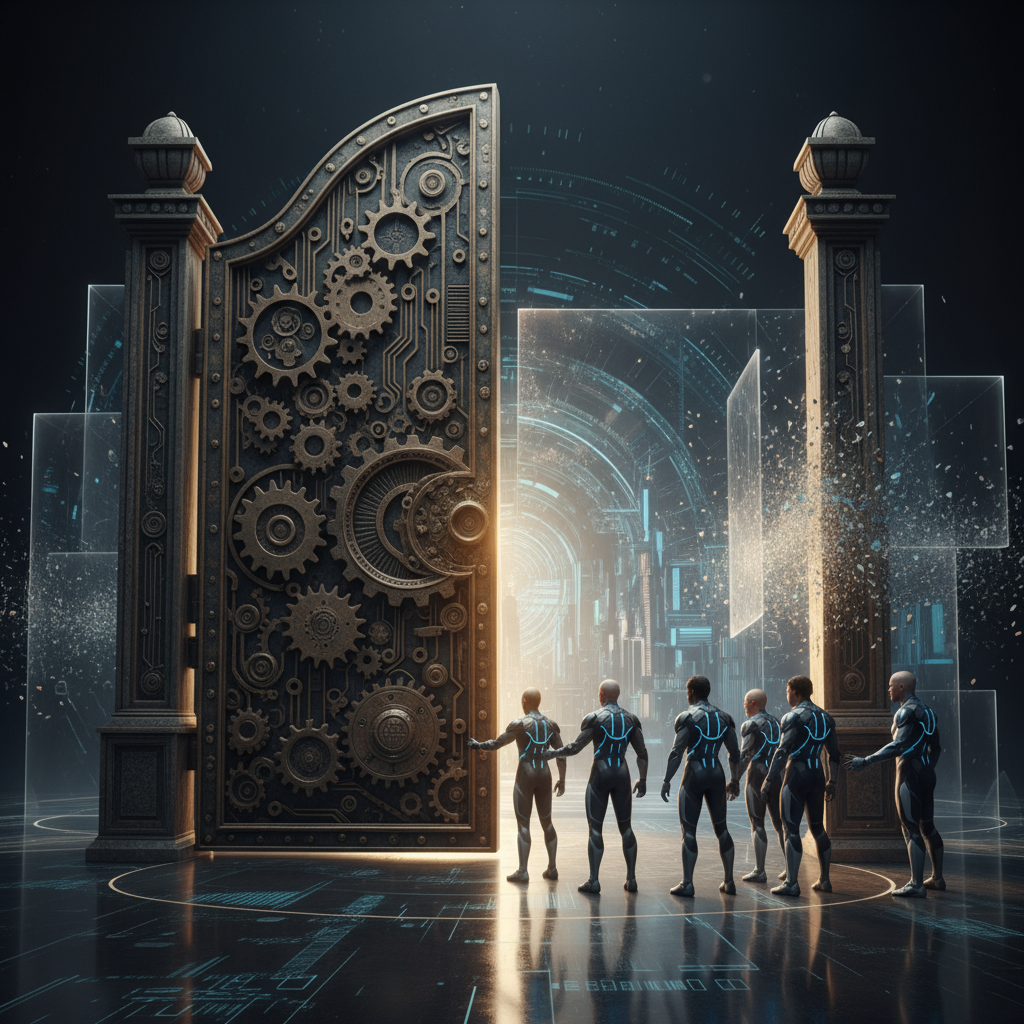After months of tantalizing silence, a familiar sound echoes across the gaming landscape: the whirring of servers, the hum of anticipation. Bungie, the legendary studio behind iconic franchises like Halo and Destiny, is back in the news for their highly-anticipated revival of Marathon. And this time, it’s not just a tease; it’s a call to action. While the wider gaming public might have to wait a little longer, a select group of players will soon be diving into the game as Bungie prepares to conduct crucial technical testing later this month.
This isn’t a flashy marketing reveal or an open beta, but rather a vital, behind-the-scenes step in the arduous journey of game development. For fans eager to know the status of Bungie’s next big project, this limited-time technical test, running from October 22-28, is a small but significant beacon of progress. So, what exactly does this mean for Marathon, for Bungie, and for the future of this beloved universe?
The Gates Are Opening (For a Select Few)

The news broke quietly but effectively: Bungie has officially opened applications for players interested in participating in a closed technical test of Marathon. This isn’t a public demo; it’s an invitation-only affair, designed to rigorously test the game’s infrastructure rather than its gameplay experience in a broad sense. The exclusivity is a clear indicator of its purpose.
Those lucky enough to be chosen will be operating under a strict non-disclosure agreement (NDA). This means that while they’ll be experiencing the nascent stages of Marathon, their lips will be sealed tighter than a vault. Don’t expect a sudden flood of gameplay leaks or detailed impressions right after the test concludes. The goal here is data, not discourse.
The limited timeframe, October 22-28, further emphasizes the focused nature of this test. It’s not about prolonged engagement, but rather about gathering specific technical metrics and identifying potential bottlenecks within a controlled environment. This tight window allows Bungie to efficiently collect the information they need to move forward.
Beyond the Hype: What is a Technical Test, Really?

For those outside the game development industry, the concept of a “technical test” might seem a bit nebulous. It’s not a polished demo, and it’s certainly not the finished product. Instead, think of it as a stress test for the game’s foundational elements.
A primary objective of such a test is to ensure server stability and network performance. Can the game handle a significant number of concurrent players without buckling under the pressure? Are there lag spikes, disconnects, or other network-related issues that need to be addressed? These are crucial questions for any online multiplayer game, and especially for a title with the competitive aspirations of Marathon.
Furthermore, technical tests often focus on identifying hardware compatibility issues, catching obscure bugs that might only appear on specific system configurations, and evaluating the game’s overall performance across a range of machines. It’s about building a robust and reliable platform upon which the exciting gameplay experiences will eventually rest.
While players won’t be judging the story or the artistic vision, their actions will generate invaluable data. Their connections, disconnections, latency, and even crashes provide developers with a treasure trove of information that helps them refine the game’s back-end before it ever reaches a wider audience. This meticulous approach is characteristic of Bungie, a studio known for its dedication to polish and technical excellence.
Marathon’s Quiet Evolution: A Calculated Approach
The decision to conduct this closed, NDA-bound technical test after several silent months speaks volumes about Bungie’s development philosophy for Marathon. In an era where many games are revealed early and subjected to constant public scrutiny, Bungie is taking a more measured and deliberate path.
This calculated silence allows the development team to iterate and experiment without the pressure of constant public expectations. It grants them the space to build a strong technical foundation beneath the hood before unveiling the more aesthetically pleasing aspects of the game. This approach minimizes the risk of over-promising and under-delivering, a common pitfall in modern game development.
For fans, while the lack of fresh gameplay footage can be frustrating, this method ultimately leads to a more stable and refined product upon release. It shows that Bungie is prioritizing the player experience from a fundamental level, ensuring that when Marathon finally launches, it will be a robust and engaging online experience right from day one.
The original Marathon series, launched in the mid-90s, was a groundbreaking first-person shooter that pushed technical boundaries for its time. Bungie is undoubtedly aiming to live up to that legacy, not just in terms of gameplay innovation but also in delivering a state-of-the-art technical experience for the modern era. This technical test is a crucial step in achieving that ambition.
The Road Ahead: Patience and Anticipation
While the technical test won’t immediately translate into new public details or gameplay reveals, it’s a significant milestone on Marathon‘s development roadmap. It signifies that the game has reached a state where its core technological framework is stable enough to be put through its paces by external players, even if under strict observation.
For those who applied, the wait for an invitation email will be filled with nervous excitement. For the rest of us, this news serves as a strong signal that Marathon is making tangible progress behind the scenes. It’s a reminder that even in the absence of flashy trailers, dedicated teams are hard at work, meticulously crafting the next big experience.
Bungie has a reputation for delivering high-quality, engaging online worlds, and the methodical approach they’re taking with Marathon suggests they intend to uphold that standard. So, while we may not “hear” much about the game later this month, rest assured that important work is being done. The gears are turning, the systems are being tested, and the foundation for a new era of Marathon is being solidified. The long wait continues, but now, with a renewed sense of anticipation and the quiet assurance that progress is indeed being made.

